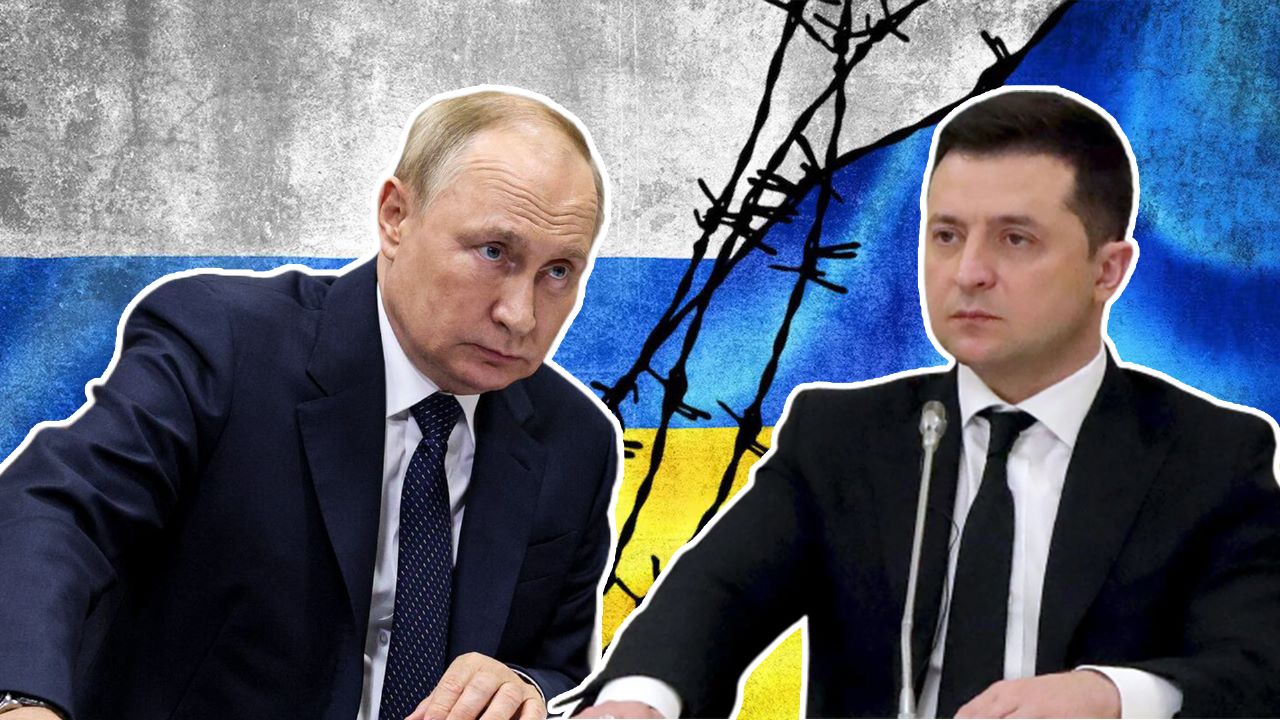On September 11, a report by the UK’s National Audit Office (NAO) revealed that much of the military aid the UK provided to Ukraine consisted of outdated equipment, often nearing the end of its usable life.
According to the report, the Ministry of Defense (MoD) prioritized sending such equipment to Kyiv not only because of its “immediate military value” but also because it would cut waste and disposal costs.
The NAO cites the donation of 17,000 pairs of army boots in March 2022 as an example. These boots were on the verge of being discarded and, if unsold, would have ended up in a landfill.
A spending watchdog says the UK’s decision to send them to Ukraine was as much about repurposing old stock as it was about supporting the war effort.
In addition to the boots, the NAO noted the donation of 14 Challenger 2 tanks in 2023. These tanks have a current book value of £17 million compared to their original purchase price of £47 million in the late 1990s. The substantial depreciation reflects the tanks’ extended use and aging.
A defense official, who was not involved in the audit, told the Financial Times, “The war has tested our stockpiles, but it’s a good thing for us that we have cleared out old kit and can now replace it with new equipment.”
The report also pointed out that the MoD has employed innovative methods to source military equipment. For instance, it reverse-engineered replacement tracks for Soviet-era T72 tanks from samples at a tank museum in Dorset, demonstrating a resourceful approach to supporting Ukraine’s defense needs.
Other Western nations have similarly provided aging equipment to Ukraine. For instance, the US recently donated 10 vehicles with a combined book value of zero, and Canada announced the donation of 80,840 decommissioned CRV-7 rocket motors.
Nonetheless, the UK has committed to continuing its support, having pledged or sent £7.8 billion in military aid. This makes it the third-largest supplier of Western assistance to Ukraine, following the US and Germany. The UK’s ongoing commitment includes an annual pledge of £3 billion in military aid.
A significant portion of the aid, including £2.4 billion for procuring new equipment, £500 million to an international fund, and £830 million for operational support, was allocated in the first year of the invasion.

Replacing UK’s Donated Arms Would Cost £2.71B
The report pointed out that even with the dependence on outdated technology, this accounted for a very minor portion of the UK’s overall aid to Ukraine.
According to the NAO, the equipment’s book value was £171.5 million, far less than the estimated replacement cost of £2.7 billion.
The replacement cost of missiles, artillery, and other munitions far exceeded their current book value due to the Ministry of Defence’s intention to replace these outdated weapons at current market prices.
However, the rate of donations from the UK has significantly declined as surplus stockpiles near depletion. The British Army had previously warned that continued donations could potentially weaken its capabilities in the short term.
This audit, the first of its kind into UK military spending for Ukraine, reviews the funds and resources allocated by successive prime ministers since Russia’s invasion in February 2022.
While it does not assess the value for money of the war effort—a topic beyond the audit office’s scope—it does underline the significant costs associated with replenishing depleted stockpiles.
The value of the donations is not included in previously announced budgets for the Ukraine conflict. As a result, the UK’s expenditure has exceeded the £2.46 billion budgeted for Ukraine in the 2022/23 fiscal year, which initially included only £75 million for replacing donated equipment.
In terms of overall military spending, the cash cost of operations reached £2.9 billion in 2022/23, marking the highest annual expenditure on war by the UK since 2011/12, when the conflict in Afghanistan was at its peak. The following year, with additional operations in Yemen, the total fell to £2.57 billion.
The UK’s contributions to Ukraine included a substantial array of military equipment, such as 14 Challenger 2 tanks, 700 armored vehicles, 140 howitzers, at least 3,100 missiles, and more than 10 million rounds of ammunition.
However, the value of these donations has sharply declined, dropping from £130 million in 2022/23 to just £15.9 million in 2023/24. Looking ahead, the UK will likely need to shift towards manufacturing new weapons to meet future support commitments as surplus stockpiles become depleted.
Future funding to replenish the UK’s military stockpiles will be sourced from contingency reserves provided by the Treasury. Out of the £2.71 billion requested, contracts totaling £1 billion have been awarded thus far to replace donated equipment.
This demonstrates the sizeable financial outlay necessary to rebuild the UK’s defense capabilities after its aid to Ukraine.
- Contact the author at ashishmichel(at)gmail.com
- Follow EurAsian Times on Google News